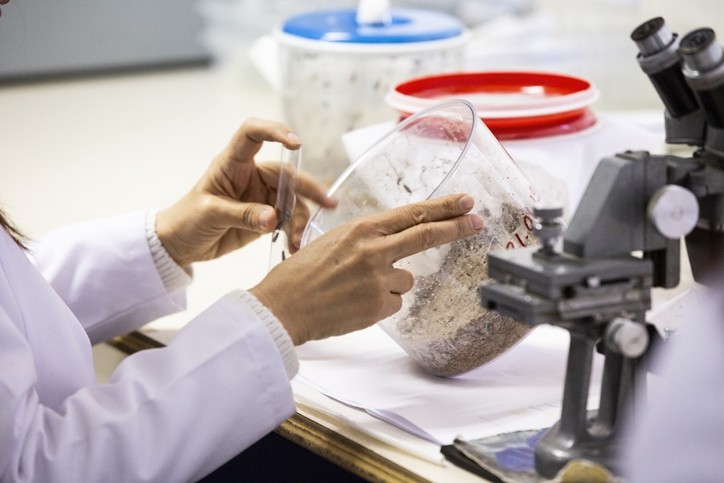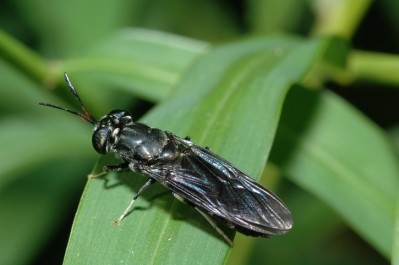Canadian BSF producer gets CFIA approval for in-feed use

The Canadian-based insect production company received approvals for its insects to be used as a protein ingredient in feed for salmonids, trout, tilapia and poultry, said Jon Duschinsky, CEO and co-founder of Oreka Solutions Inc. The company also is waiting for similar approval for use of the protein in swine diets.
“Our market for the next year or so will be very focused on aquaculture,” he told FeedNavigator. “There’s a lot of demand from poultry, but one of the items I learned early was to do one thing and do it well.”
“The initial market interest is aquaculture [and] the opportunity there is significant and needed to support the aquaculture industry, which is growing fast,” he said.
Initially, the company is focusing on supplying aquaculture producers in Ontario, he said. However, company growth plans include expanding product reach throughout Canada.
The company’s multi-stage seed round raised C$1.8m and is set to support commercialization and expansion efforts, he said. A series A funding round is anticipated to start toward the end of the year.
Oreka has received capital from agrifood investment firm, Umai Global, the Grober Group, the Canadian government and a set of angel groups.
Production at scale
Oreka is trying to understand the conditions needed to raise insects to provide optimal characteristics or qualities,said Duschinsky. The company has also explored processing methods to develop a way to best maintain the nutritional elements in the insect-derived feed ingredient when it is generated at scale.
“We’ve spent a lot of time in the lab getting the value, as much value as we can, and working out how to pass that along in the industrial agriculture context,” he added.
By developing the production process, it may be possible to make agriculture more efficient, according to Oreka.
In feeding trials, the insect-based ingredients appear to support improved growth rates and reduced mortality, it said.
Feedstocks
Oreka’s insects receive a proprietary diet that is all vegetarian and made from pre-consumer products, said Duschinsky.
The production process started with establishing what the company wanted to get out of the insects it was raising and then working backward, he said. Adding, “We reverse engineered the production model and feedstock model.”
In developing the protein product, the company also has sought to understand the immune system and gut health of the species that will eat the ingredient as a way to better tailor the product development, he said.
“The immune system in a tilapia is different to the immune system of a trout,” said Duschinsky.
In developing the protein ingredient there will be products for warm water fish and other versions for cold water fish to reflect the “specificities” involved.
Currently, the company is generating whole dried larvae that can be ground and added into a company’s feed, he added.
Protein quality, not quantity
Oreka generates insect-based protein ingredients for use in feed, said Duschinsky. However, the company is not intending to be a commodity-style protein producer.
“We wanted to get the most we could out of the insect and you capture greater value so you’re delivering [more],” he said. The focus is on providing an increased level of nutrition to the animal, so a smaller amount of the ingredient can be used, he added.
“What our customers have been finding out is that you can use it throughout the lifecycle, but you don’t have to use it at the same rates,” he said.
The company is raising its black soldier flies at a demonstration and commercial facility in Ontario, he said. However, the goal is to expand production levels by six or seven times at a new production facility next year.
"We’re making our facility as compact as we possibly can,” said Duschinsky.
Expanding the modular style of production will enable the company to be profitable without having to generate large amounts of insects, he said. “That is a gamechanger because it means that the entry and the CAPEX is going to be smaller,” he added.
“The modular approach will allow us to roll out [manufacturing] in the next five year across Canada and into the US,” he said. “And we have a couple of other locations interested.”
“We had a pilot facility that was a trial-and-error facility – designing the outcome and scaling it to commercial production – every part of what we do has been tailored,” he said.















